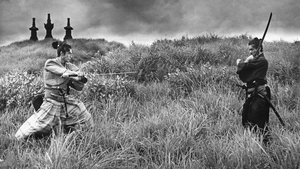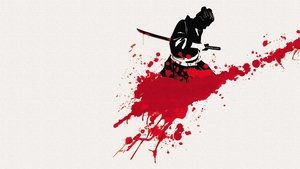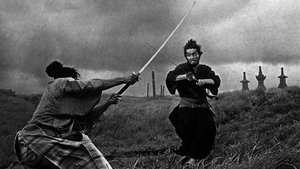Contact: [email protected]
Video Sources 0 Views

Synopsis
[ez-toc]




Introduction
In the ever-evolving world of cinema, where the charm of black and white classics often feels like a distant era, “Harakiri Colorized 1962” emerges as a beacon of artistic brilliance. This film, directed by the visionary Masaki Kobayashi, not only captivates audiences with its timeless tale but also marks a significant chapter in the preservation and appreciation of old films. In this article, we delve into the masterful artistry of “Harakiri Colorized 1962,” exploring its historical context, groundbreaking colorization techniques, and the noble spirit of the Samurai code that permeates every frame.
Read Media File Transfer Agreement: Terms and Conditions
Read FAQ
The Masterful Artistry of Harakiri Colorized 1962
“Harakiri Colorized 1962” is a cinematic triumph that brings the essence of a bygone era into vivid technicolor. Masaki Kobayashi, known for his uncompromising vision, orchestrates a visual symphony that not only pays homage to the original masterpiece but elevates it to new heights through colorization. The film stars the illustrious Tatsuya Nakadai, whose brilliant performance adds depth and authenticity to the narrative.
Brilliant Performance by Tatsuya Nakadai
At the heart of “Harakiri Colorized 1962” is Tatsuya Nakadai’s portrayal of a Ronin, a masterless Samurai. The film explores the Samurai code of behavior, delving into the intricacies of Bushido – the way of the warrior. Nakadai’s nuanced performance unravels the complexities of honor and duty, taking the audience on a journey through the Samurai’s path. The ritual of Seppuku, a haunting act of self-sacrifice, becomes a central theme, forcing viewers to confront the harsh realities of a bygone era.
Revolutionizing Old Films: The Evolution of Colorization
As we bask in the vibrancy of “Harakiri Colorized 1962,” it’s essential to appreciate the evolution of colorization techniques that have breathed new life into old films. The film industry has witnessed a journey through time, from the simplicity of early colorization attempts to the sophisticated technology employed in modern cinema. The art of colorization not only revitalizes old movies but also plays a crucial role in preserving and enhancing their visual appeal.
Influential Historical Events and the Rise of Colorized Cinema
To fully grasp the significance of colorized movies, one must consider the historical context that shaped their popularity. Key events in the past have influenced the trajectory of cinema, leading to the rise of colorized films. Whether driven by nostalgia or a desire to make old stories more accessible to new audiences, colorization has become a powerful tool in preserving cultural heritage through the lens of cinema.
Harakiri Colorized 1962 as a Landmark in the Genre
“Harakiri Colorized 1962” is not just another Samurai film; it stands as a landmark in the genre, leaving an indelible mark on the cinematic landscape. Its enduring legacy is a testament to the film’s ability to transcend time and cultural boundaries.
The Noble Spirit of the Samurai Code in Harakiri Colorized 1962
Within the frames of “Harakiri Colorized 1962,” the noble spirit of the Samurai code comes to life. The film raises thought-provoking questions about honor, duty, and the fine line between an honorable death and a political statement. The depiction of Seppuku becomes a poignant exploration of the inner workings of the Samurai psyche, adding layers of depth to the narrative.
Preserving Cultural Heritage Through the Lens of Old Films
As we celebrate the colors and nuances of “Harakiri Colorized 1962,” it is crucial to recognize the broader role of old films as cultural heritage artifacts. These cinematic treasures provide a window into the past, offering a unique perspective on history and tradition.
The Enduring Significance of Harakiri Colorized 1962
The impact of “Harakiri Colorized 1962” extends beyond its artistic achievements. It has played a pivotal role in shaping Japanese cinema and has garnered international acclaim. Shochiku Film of America’s pioneering efforts in releasing and distributing this colorized masterpiece have contributed to its enduring significance.
Embracing the Colors of the Past: Recommendations for Exploring Colorized Films
For those inspired by the vibrant hues of “Harakiri Colorized 1962,” there is a treasure trove of colorized movies waiting to be explored. Dive into a vibrant era by watching essential colorized films that have shaped the landscape of cinema and added a new dimension to old classics.
Conclusion
In the realm of old films, “Harakiri Colorized 1962” stands as a testament to the enduring power of cinematic artistry. This colorized masterpiece not only revitalizes a classic but also sparks a conversation about the preservation and appreciation of old films. As we encourage readers to experience the beauty of “Harakiri Colorized 1962,” let us also rally behind the cause of preserving our cultural heritage through the lens of cinema. In a world that often races toward the future, let us not forget to embrace the colors of honor and history that the past has to offer.














